Teeth occlusion refers to the way your teeth and jaw sit together or how your upper and lower rows of teeth contact with each other. To be more specific, it’s the relationship between your mandibular or lower teeth and maxillary or upper teeth when they come into contact with each other, like when you close your mouth or chew your food. The way your teeth are put together helps in the way you smile, speak, and eat. Dental occlusion is another name for the way your teeth meet when your jaws bite together.
Dental occlusion is one of the most important subjects in dentistry. However, it is also one of the most debated subjects as well and there is a lot of heat surrounding this topic.
Types of Dental Occlusion
Static Occlusion
Static occlusion is the contact between your maxillary and mandibular teeth when the jaw is stationary and closed.
Dynamic Occlusion
Dynamic occlusion is also known as articulation. There’s no tooth contact between the chewing side of the mouth’s teeth.
Centric Occlusion
Centric occlusion is the opposing teeth occlusion when the mandible is centric. It’s the first tooth contact and may or may not correspond with maximum intercuspation.
Dental occlusion and malocclusion
In an ideal occlusion, both the upper and lower teeth form an evenly arched line that has no holes in it. The upper teeth form a slightly larger arch compared to the lower teeth. When you bite your teeth together, your lower teeth should touch your upper teeth and the upper front teeth should cover the lower front teeth by a few millimetres. The centre of both the upper and lower front teeth should be symmetrical with the centre of your face.
A malocclusion is the result of a dysfunctional occlusion. Malocclusion, more commonly referred directly to as a “bad bite,” is determined when the jawbones and teeth are mismatched/misaligned. In Latin, the term “occlusion” actually means “bite,” and “mal” means “bad.” Therefore, malocclusion is directly interpreted as the phrase “bad bite”. Malocclusions are often broken down into type. These types consist of terms you may be more familiar with, such as “open bite,” “crossbite,” “overbite,” underbite,” and more. The evaluation of the functionality of you occlusion will help establish the level of ease and/or difficulty you experience through life in regards to your teeth, jaw, head and neck.
Symptoms of Malocclusion
If you have a malocclusion, you will most likely experience signs and symptoms. These signs and symptoms can include
- headaches
- jaw joint pain
- muscle pain in your head and neck
- tooth sensitivity
- tooth loss
- tooth breakage.
- You may also suffer from excessive wear due to previous root canals.
The functionality of your occlusion will determine a lot of your dental health throughout your life and is best to address any issues that already exist, or arise, sooner than later to keep negative advancement to a minimum. Since dental occlusion does contain some controversy over the subject, you may want to get a second and even third opinion before making any big decisions.
FAQs
In dentistry, "occlusal" refers to the contact between teeth, particularly when the jaw is closed and stationary. It encompasses the relationship between the teeth, jaws, and surrounding structures during various functional activities.
The main types of dental occlusion are: Class I (orthognathic): Normal occlusion, Class II (retrognathic): Malocclusion with protruded anterior teeth, Class III (prognathic): Malocclusion with retruded maxillary anterior teeth, Open bite, Crossbite, Deep overbite, Crowding, Overjet.






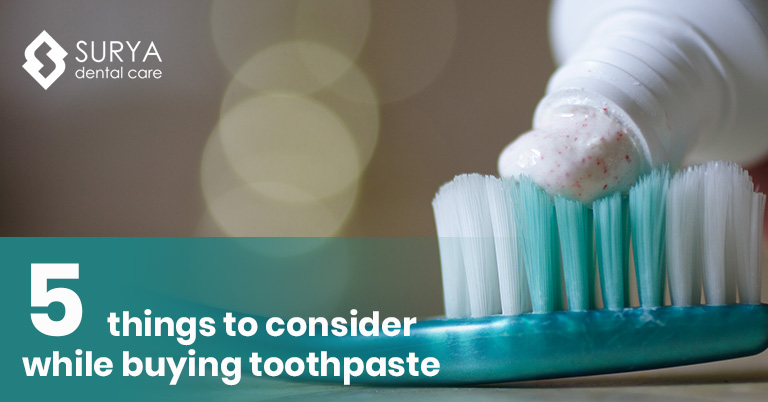
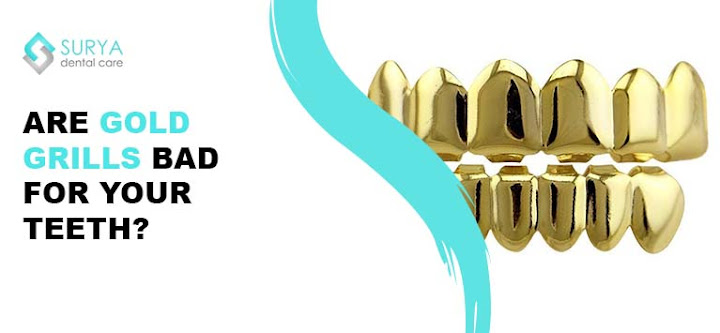

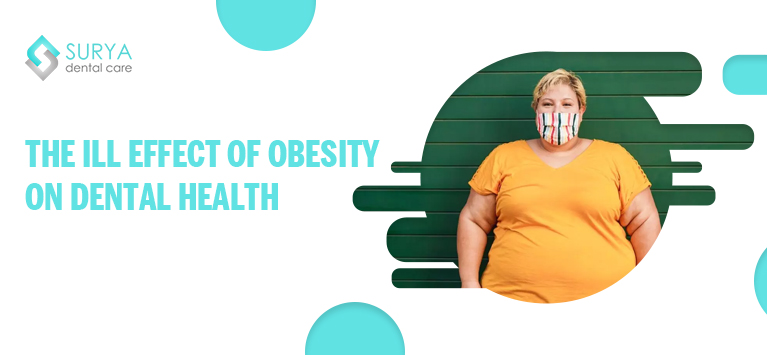
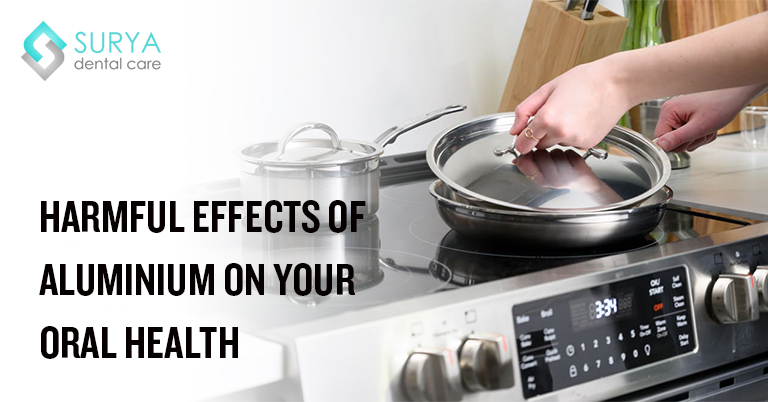
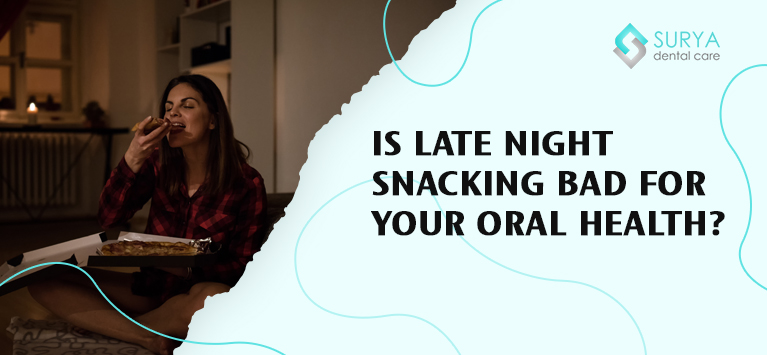

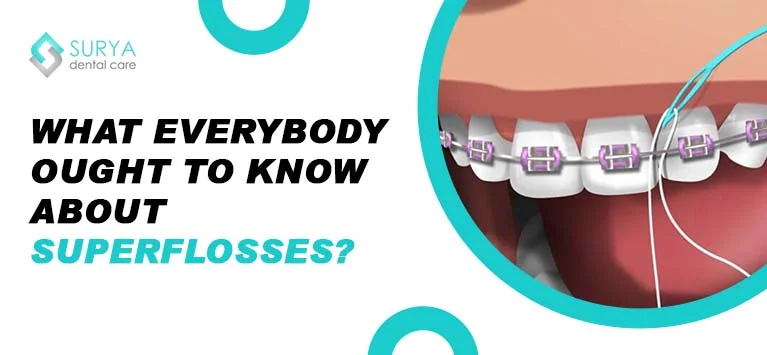
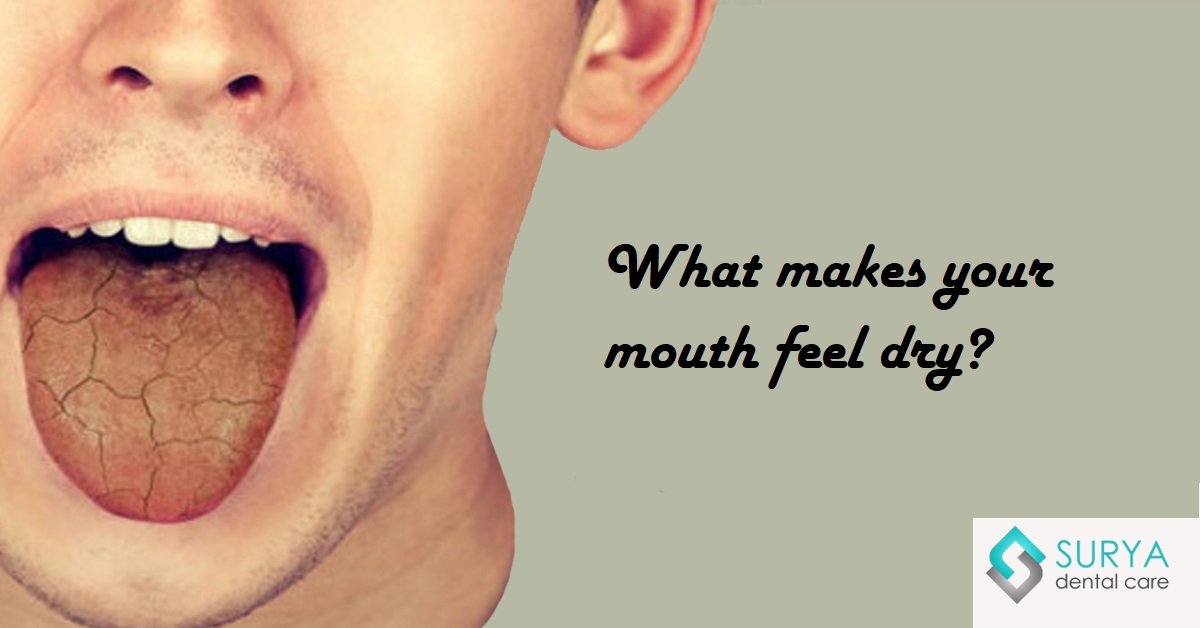
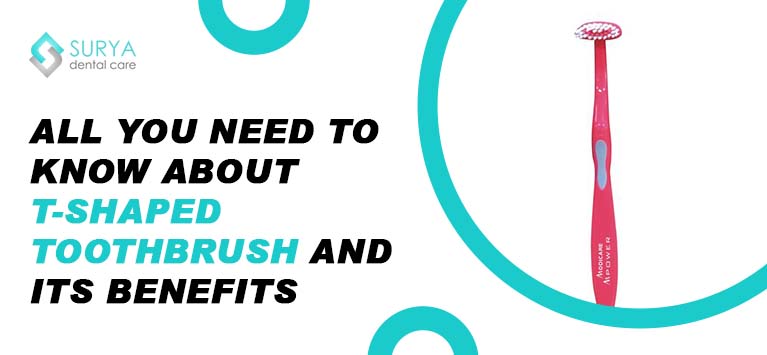

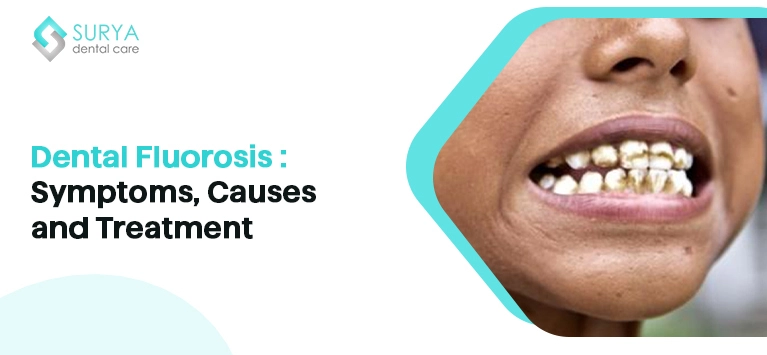
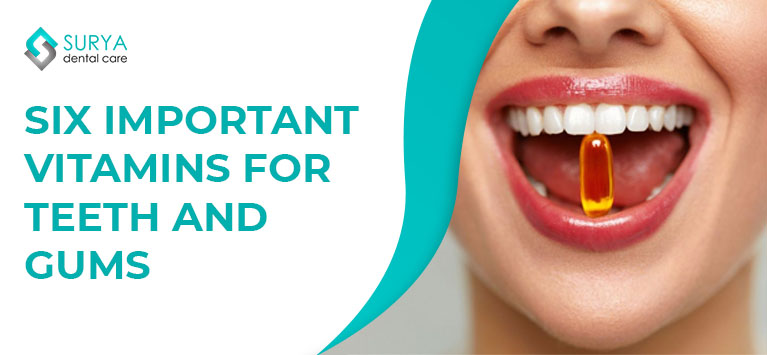

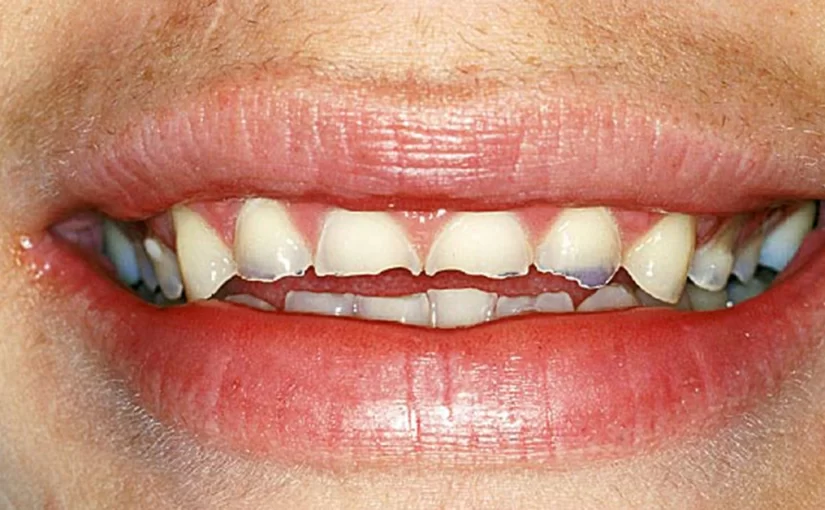


Leave a Comment